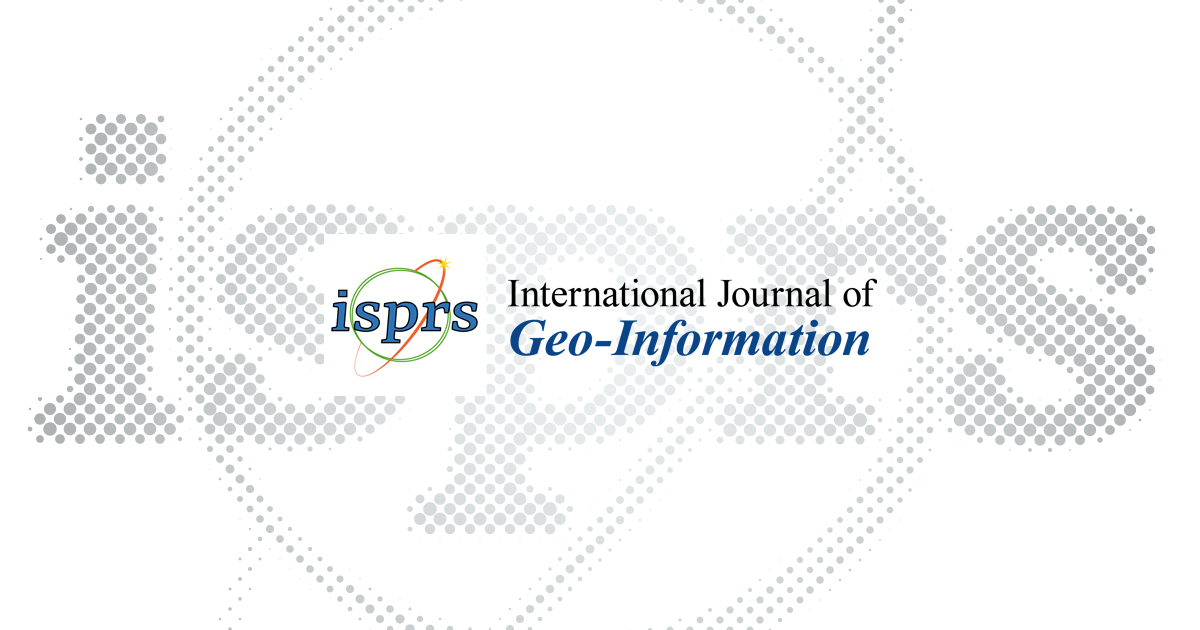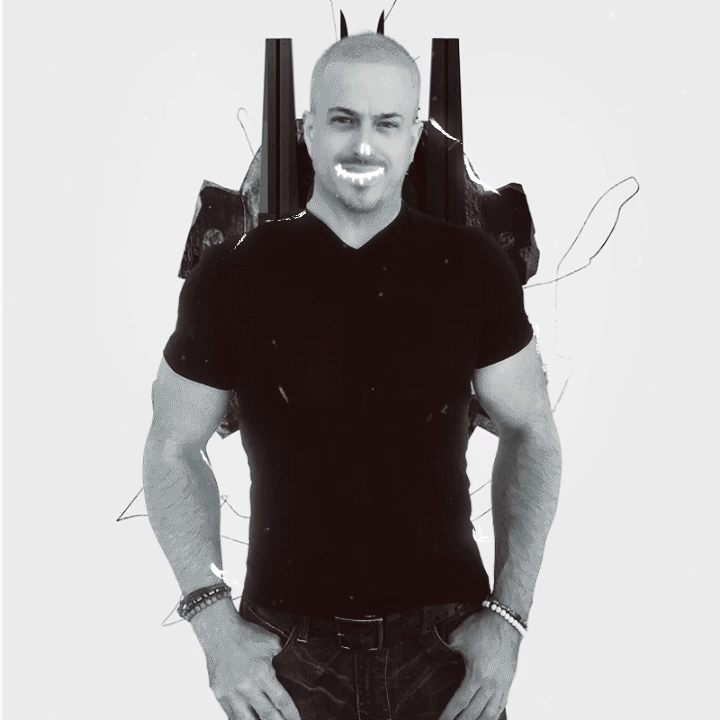
IJGI, Vol. 12, Pages 61: BiodivAR: A Cartographic Authoring Tool for the Visualization of Geolocated Media in Augmented Reality
IJGI, Vol. 12, Pages 61: BiodivAR: A Cartographic Authoring Tool for the Visualization of Geolocated Media in Augmented Reality
ISPRS International Journal of Geo-Information doi: 10.3390/ijgi12020061
Authors:
Julien Mercier
Nicolas Chabloz
Gregory Dozot
Olivier Ertz
Erwan Bocher
Daniel Rappo
Location-based augmented reality technology for real-world, outdoor experiences is rapidly gaining in popularity in a variety of fields such as engineering, education, and gaming. By anchoring medias to geographic coordinates, it is possible to design immersive experiences remotely, without necessitating an in-depth knowledge of the context. However, the creation of such experiences typically requires complex programming tools that are beyond the reach of mainstream users. We introduce BiodivAR, a web cartographic tool for the authoring of location-based AR experiences. Developed using a user-centered design methodology and open-source interoperable web technologies, it is the second iteration of an effort that started in 2016. It is designed to meet needs defined through use cases co-designed with end users and enables the creation of custom geolocated points of interest. This approach enabled substantial progress over the previous iteration. Its reliance on geolocation data to anchor augmented objects relative to the user’s position poses a set of challenges: On mobile devices, GNSS accuracy typically lies between 1 m and 30 m. Due to its impact on the anchoring, this lack of accuracy can have deleterious effects on usability. We conducted a comparative user test using the application in combination with two different geolocation data types (GNSS versus RTK). While the test’s results are undergoing analysis, we hereby present a methodology for the assessment of our system’s usability based on the use of eye-tracking devices, geolocated traces and events, and usability questionnaires.
This content was originally published here.



